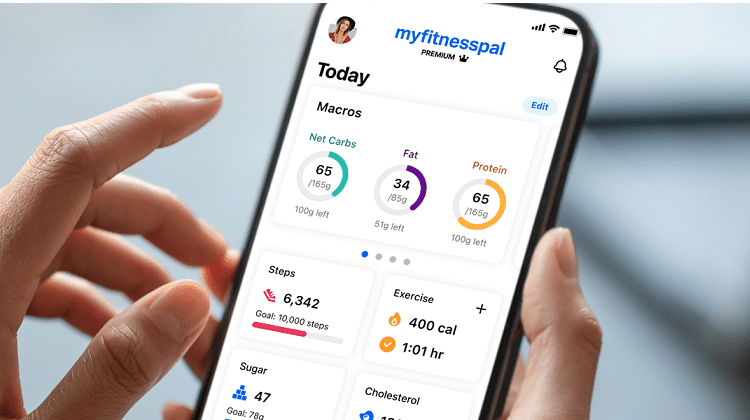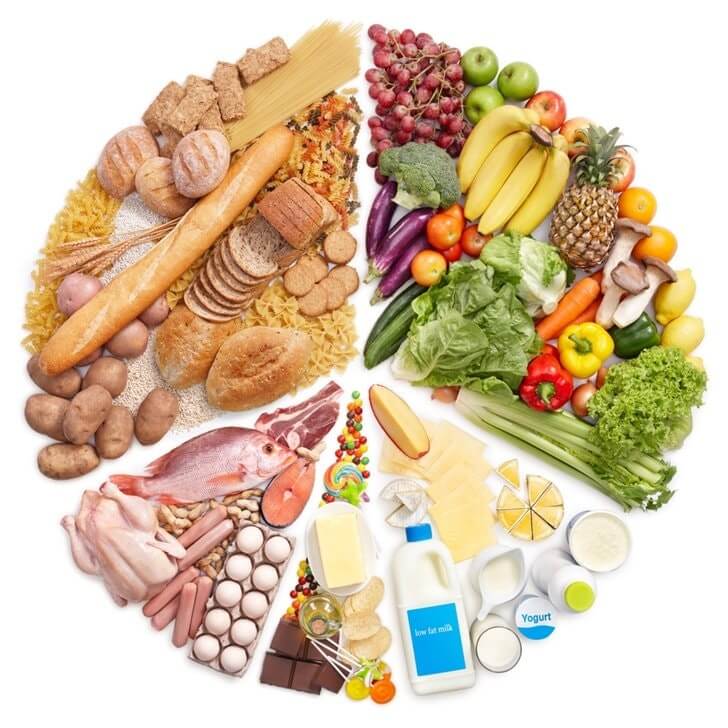In recent years, the concept of “If It Fits Your Macros” (IIFYM) and flexible dieting has gained significant traction within the fitness and nutrition community.
Unlike traditional diets that often impose strict food restrictions, IIFYM offers a more adaptable approach, allowing individuals to enjoy a variety of foods while achieving their fitness goals.
This comprehensive guide will delve deep into the principles of IIFYM, how to calculate and track macros, the benefits of this approach, and practical tips for success.
Understanding IIFYM and Flexible Dieting
What is IIFYM?
IIFYM stands for “If It Fits Your Macros.” It is a dietary strategy that focuses on meeting daily macronutrient (protein, carbohydrates, and fat) targets rather than adhering to a rigid meal plan.
The underlying concept is that as long as the foods you consume fit within your macro goals, you can eat them and still achieve your desired body composition.
Principles of Flexible Dieting
1. Macro Tracking:
The cornerstone of IIFYM is tracking your daily intake of macronutrients, that is, protein, carbs, and fats. This ensures you are meeting your nutritional needs while allowing flexibility in food choices.
2. Caloric Balance:
Understanding and managing your total calorie intake is crucial. Whether your goal is to lose weight, gain muscle, or maintain your current weight, your calorie intake should align with your objectives.
3. Food Quality:
While IIFYM permits flexibility in your food intake, it’s essential to prioritize nutrient-dense foods for overall health and well-being.

Calculating Your Macros
Step 1: Determine Your Caloric Needs
To calculate your macros, you first need to determine your Total Daily Energy Expenditure (TDEE), which is the number of calories you need to maintain your current weight.
This can be estimated using the Harris-Benedict equation or online TDEE calculators. The TDEE takes into account your Basal Metabolic Rate (BMR) and your activity level.
Step 2: Set Your Goals
Weight Loss:
If your goal is to lose weight, you will need to create a calorie deficit by consuming fewer calories than your TDEE. A typical deficit ranges from 500 to 1000 calories per day, which can lead to a weight loss of about 1 to 2 pounds per week.
Muscle Gain:
If your goal is to gain muscle, you will need to consume more calories than your TDEE, creating a calorie surplus. An additional 250 to 500 calories per day is a good starting point.
Maintenance:
If you want to maintain your current weight, aim to match your caloric intake with your TDEE.
Step 3: Calculate Your Macros
Protein:
Aim for 0.8 to 1.2 grams of protein per pound of body weight. Protein is essential for muscle repair and growth.
Fats:
Healthy fats should make up about 20 to 35% of your total calorie intake. Fats are crucial for hormone production and overall health.
Carbs:
The remaining calories should come from carbohydrates, providing energy for your workouts and daily activities.
Example Calculation:
For a person with a TDEE of 2500 calories, aiming to maintain their weight:
Protein:
1 gram per pound for a 150-pound person = 150 grams of protein (600 calories).
Fats:
25% of 2500 calories = 625 calories / 9 = ~70 grams of fat.
Carbs:
Remaining calories = 2500 – 600 – 625 = 1275 calories / 4 = ~320 grams of carbs.
Tracking Your Macros
Tools for Tracking:
Apps:
Use apps like MyFitnessPal, Cronometer, or Lose It! to log your food intake and monitor your macros. These apps often have extensive food databases and barcode scanners to make tracking easier.

Food Scale:
Invest in a food scale to accurately measure portion sizes. Precision is key to hitting your macro targets.
Labels and Nutrition Information:
Read food labels and use nutrition databases to find the macro content of various foods. This helps in making informed choices.
Consistency is Key:
Daily Tracking:
Track your food intake consistently to ensure you are meeting your macro goals. Inconsistent tracking can lead to inaccurate results and hinder your progress.
Adjustments:
Periodically review your progress and adjust your macro targets as needed to stay on track with your goals. As your body composition changes, your caloric needs may also change.
Benefits of IIFYM and Flexible Dieting
1. Sustainability:
Unlike restrictive diets, IIFYM allows for greater food variety, making it easier to stick with long-term. This flexibility can prevent feelings of deprivation and the urge to binge on “forbidden” foods.
2. Customization:
Flexible dieting can be tailored to individual preferences, dietary needs, and lifestyle, promoting adherence. Whether you are vegetarian, vegan, gluten-free, or have other dietary restrictions, IIFYM can accommodate your needs.
3. Better Relationship with Food:
By allowing occasional treats, IIFYM helps prevent feelings of deprivation and promotes a healthier relationship with food. It teaches moderation and balance, which are crucial for long-term success.
4. Balanced Nutrition:
Focus on hitting macronutrient targets, ensuring a well-rounded diet that supports overall health and fitness. While the focus is on macros, it’s still important to choose nutrient-dense foods to meet your micronutrient needs.

Practical Tips for Success
1. Plan Ahead:
Plan your meals and snacks ahead of time to ensure you meet your macro targets. Meal prepping can save time and reduce the temptation to make poor food choices.
2. Include a Variety of Foods:
Aim for a mix of nutrient-dense whole foods and occasional treats to maintain balance. This approach helps ensure you are getting all the necessary vitamins and minerals.
3. Stay Hydrated:
Drink plenty of water throughout the day to support overall health and digestion. Proper hydration is essential for metabolic processes and can help manage hunger.
4. Monitor Progress:
Regularly check your weight, body measurements, and how you feel to gauge your progress and make necessary adjustments. Before and after photos as well as how your clothes fit can also be good indicators of progress.
5. Be Patient:
Results take time, therefore consistency and patience are crucial for long-term success. Avoid the temptation of quick fixes and trust the process.
Are you ready to take control of your nutrition and achieve your fitness goals with flexibility? Start by calculating your macros and planning your meals today. Share your journey, tips, and questions with us by chatting with an IFBB PRO and life coach for free. Don’t forget to peruse Anabolic Coach for more nutrition and fitness guides to help you stay on track and reach your fitness goals.
Conclusion
Flexible dieting and IIFYM offer a sustainable and enjoyable approach to nutrition that can help you achieve your fitness goals without you feeling restricted.
By understanding your macros, tracking your intake, and making mindful food choices, you can create a balanced diet that supports your health and fitness aspirations.
Remember, the key to success is consistency, patience, and enjoying the process. Here’s to a healthier, stronger you!


